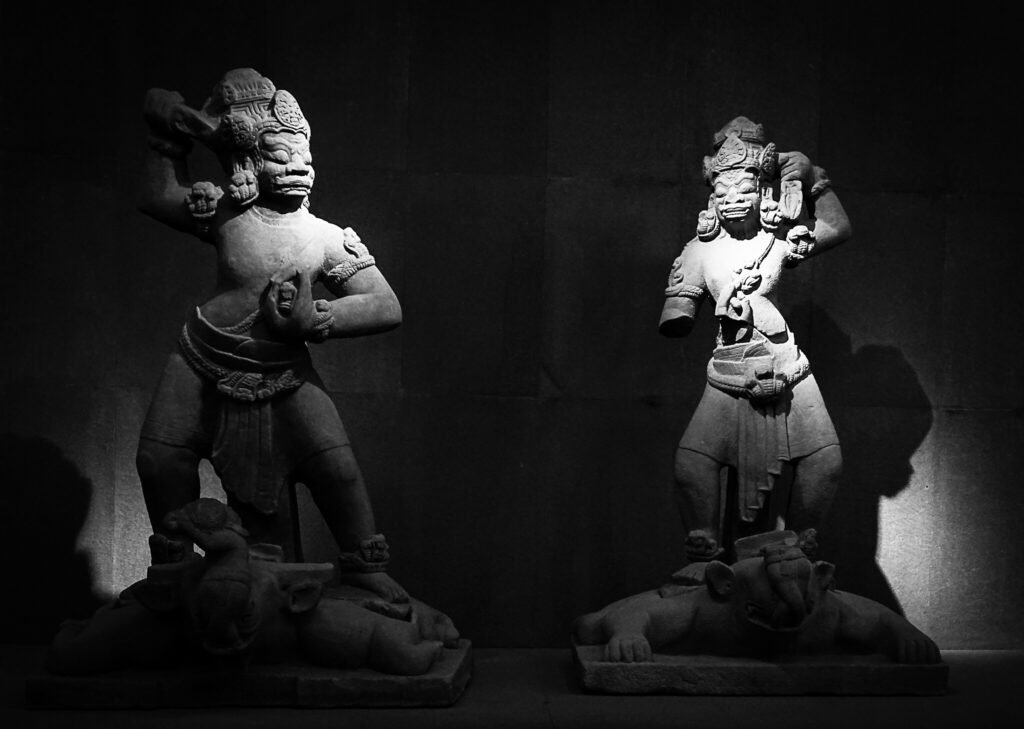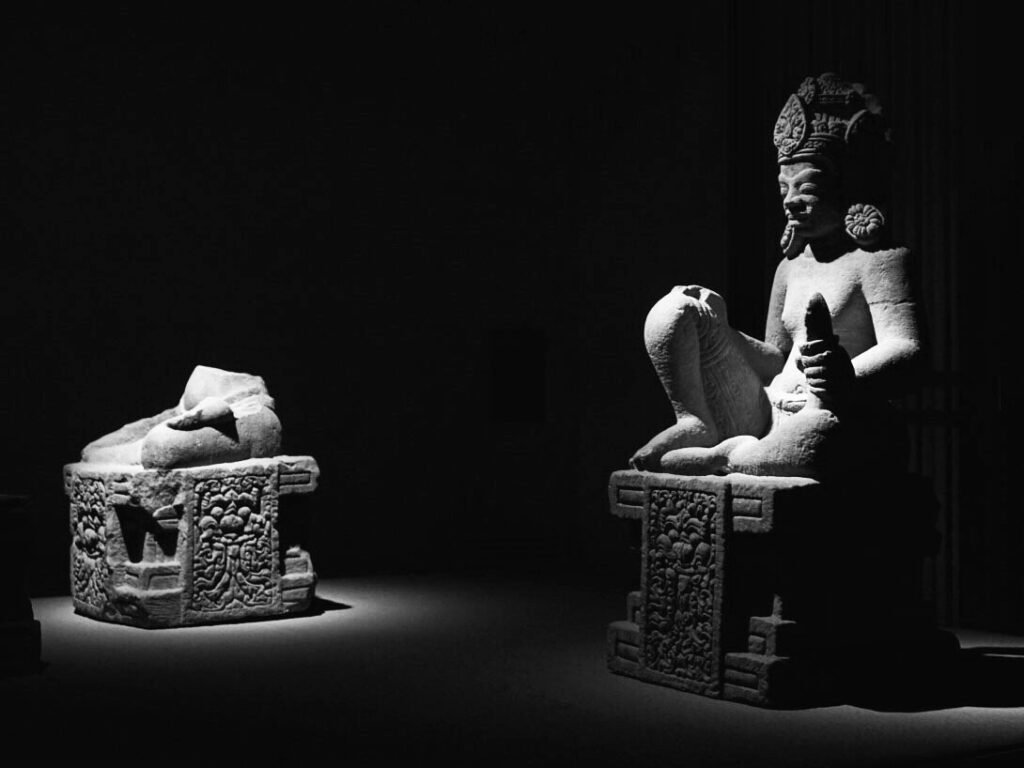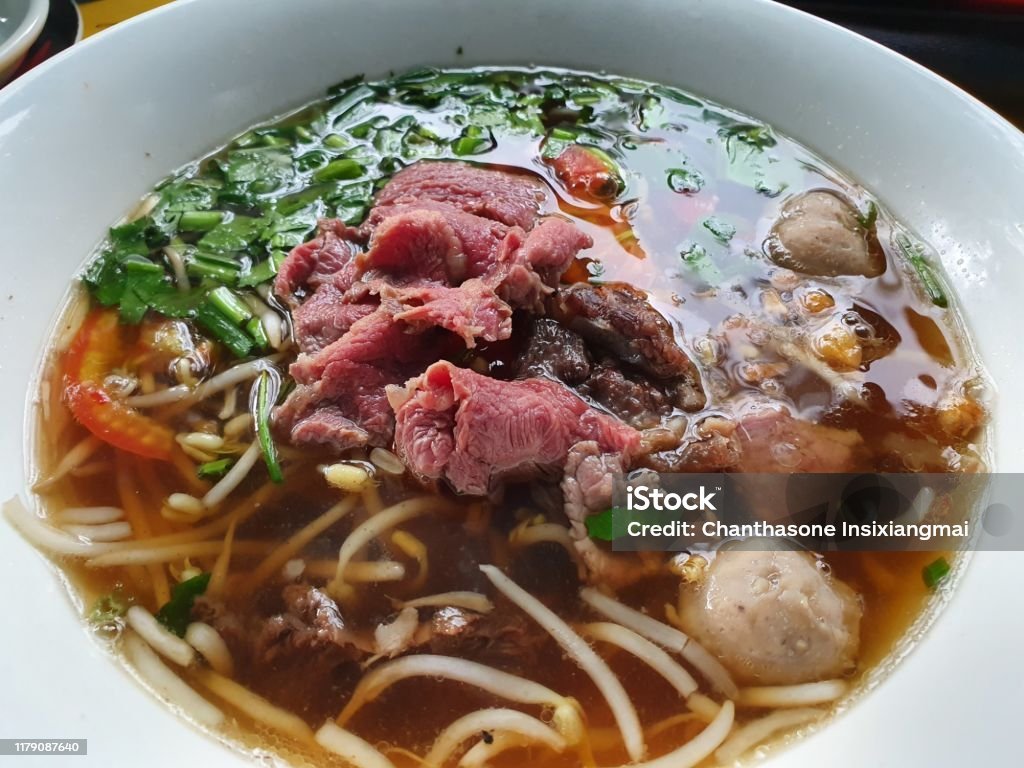
The Champa civilization once flourished in central and southern Vietnam. The Cham people, who built this culture, left behind a rich heritage. Today, their influence remains strong in Vietnamese history and culture. This article explores the important aspects of Champa heritage, from architecture to festivals.
The Rise and Fall of the Champa Kingdom
The Champa Kingdom existed for over a thousand years. It began around the 2nd century and lasted until the 19th century. The kingdom expanded over a wide area, from present-day central Vietnam to parts of Cambodia and Laos. At its peak, the Champa Kingdom was a prosperous and powerful state.
However, by the 15th century, the Champa Kingdom began to decline. The Vietnamese and Khmer empires gradually took over Champa territories. Despite this, Cham culture continues to thrive, particularly in the central coastal regions of Vietnam.

Cham Architecture: A Legacy of Stone and Sand
One of the most significant parts of Champa culture is its architecture. Cham temples and towers are architectural masterpieces. They are built with red brick and decorated with intricate carvings. The most famous examples are the My Son Sanctuary and Po Nagar Towers.
The My Son Sanctuary is a UNESCO World Heritage site. It contains the remains of Hindu temples built by the Cham kings. These temples were dedicated to Hindu gods like Shiva. Visitors to My Son can see well-preserved sculptures and statues of deities.
The Po Nagar Towers, located in Nha Trang, are another important Cham architectural site. These towers were built between the 7th and 12th centuries. They are dedicated to the goddess Po Nagar, the patroness of Nha Trang. The towers showcase the Cham’s skill in brickwork and artistry.




The Influence of Hinduism on Cham Culture
Hinduism had a profound impact on Cham society. The Cham people followed Hindu rituals and built temples for worship. Many of their kings were considered divine, often linked to Hindu gods. The Cham also celebrated Hindu festivals like Diwali.
The connection to Hinduism can still be seen in Cham festivals today. For example, the Cham people in Ninh Thuận province celebrate the Kate Festival. This festival honors the goddess Po Nagar and marks the Cham lunar New Year. During the Kate Festival, Cham people perform dances, music, and rituals. They believe that these acts bring blessings and prosperity for the year.

Cham Language and Literature
The Cham language is another crucial part of their cultural heritage. It belongs to the Austronesian language family and is closely related to Malay and Indonesian languages. Cham writing uses an ancient script derived from Indian Sanskrit. This script was used to write religious texts and royal decrees.
Cham literature includes both poetry and prose. Much of it focuses on history, religion, and mythology. The Cham people have preserved many ancient manuscripts that tell stories of their kings, gods, and heroes. These texts are written in both Cham and Sanskrit.
Cham Traditional Music and Dance
Cham music and dance are an essential aspect of their cultural identity. Traditional Cham music is deeply connected to their rituals and festivals. Instruments such as drums, gongs, and stringed instruments are commonly used. Cham dance is graceful and expressive, with movements that represent nature and deities.
One famous Cham dance is the “Apsara Dance,” which tells stories of Hindu mythology. The dancers wear colorful costumes and perform delicate, flowing movements. This dance form highlights the Cham’s artistic talents and reverence for their gods.
Cham Cuisine: A Blend of Flavors
Cham cuisine is another way their culture lives on. It blends influences from India, Southeast Asia, and Vietnam. Rice and seafood are staple ingredients in Cham dishes. Spices like turmeric, coriander, and chili give the food its distinct flavors.
One famous Cham dish is “Bánh xèo,” a savory rice pancake filled with shrimp and herbs. Another popular dish is “Mắm Nêm,” a fermented fish sauce served with rice and vegetables. Cham cuisine offers a unique culinary experience, combining bold flavors with traditional cooking techniques.
Cham Communities in Vietnam Today
Despite the challenges of history, the Cham people remain an active part of Vietnamese society. Many Cham people live in central and southern Vietnam. In provinces like Ninh Thuận and Bình Thuận, the Cham community maintains their language, religion, and traditions.
The Vietnamese government has taken steps to preserve Cham culture. This includes supporting Cham festivals and protecting historical sites. Furthermore, the Cham people have contributed to the diversity of Vietnam’s cultural landscape.



The Champa civilization left an indelible mark on Vietnam’s history and culture. Their temples, language, and traditions continue to influence the country. Today, the Cham people celebrate their heritage with pride, ensuring that their culture endures for generations to come. The legacy of the Champa Kingdom, from its ancient architecture to its vibrant festivals, remains a treasured part of Vietnam’s cultural identity.








